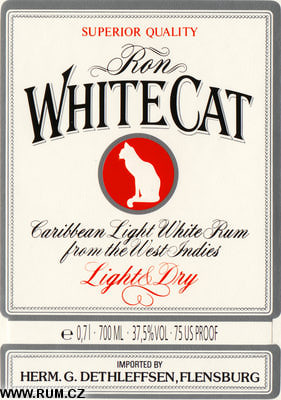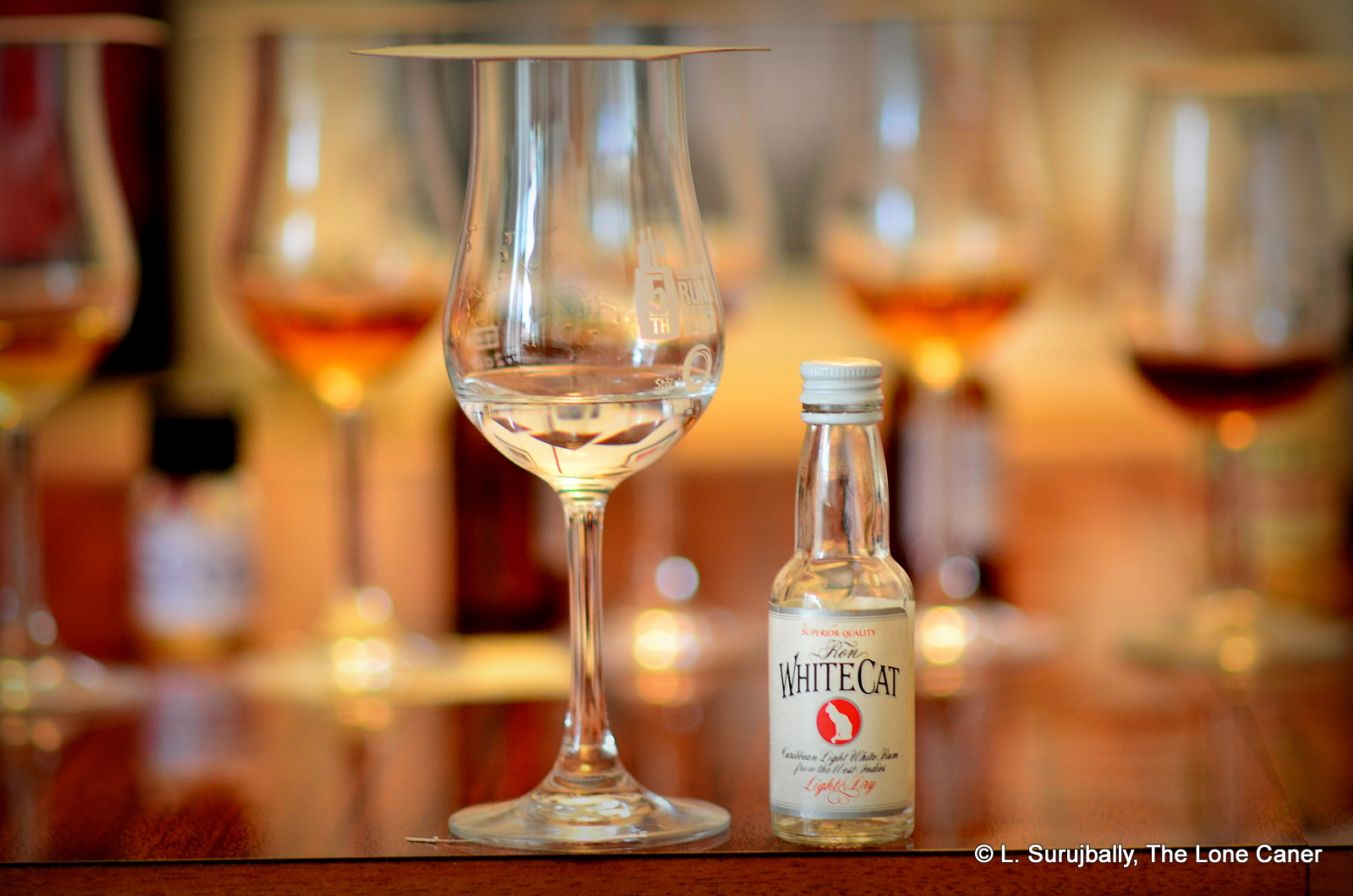Rumaniacs Review #057 | 0457
Behind the please-don’t-hurt-me facade of this sadly underproofed excuse for a rum (or ron) lie some fascinating snippets of company and rum history which is a bit long for a Rumaniacs review, so I’ll add it at the bottom. Short version, this is a German made rum from the past, distributed from Flensburg, which was a major rum emporium in north Germany that refined sugar from the Danish West Indies until 1864 when they switched to Jamaican rum. But as for this brand, little is known, not even from which country the distillate originates (assuming it is based on imported rum stock and is not a derivative made locally from non-cane sources).
Colour – White
Strength – 37.5%
Nose – Unappealing is the kindest word I can use. Smells of paint stripper, like a low-rent unaged clairin but without any of the attitude or the uniqueness. Acetone, furniture polish and plasticine. Some sugar water, pears and faint vegetable aromas (a poor man’s soup, maybe), too faint to make any kind of statement and too un-rummy to appeal to any but the historians and rum fanatics who want to try ’em all.
Palate – It tastes like flavoured sugar water with some of those ersatz pot still notes floating around to give it pretensions to street cred. Maybe some light fruit and watermelon, but overall, it’s as thin as a lawyer’s moral strength. Quite one of the most distasteful rums (if it actually is that) I’e ever tried, and the underproofed strength helps not at all.
Finish – Don’t make me laugh. Well, okay, it’s a bit biting and has some spice in there somewhere, except that there’s nothing pleasant to taste or smell to wrap up the show, and therefore it’s a good thing the whole experience is so short.
Thoughts – Overall, it’s a mildly alcoholic white liquid of nothing in particular. About all it’s good for in this day and age of snarling, snapping white aggro-monsters, is to show how far we’ve come, and to make them look even better in comparison. Even if it’s in your flea-bag hotel’s minibar (and I can’t think of where else aside from some old shop’s dusty shelf you might find it), my advice is to leave it alone. The history of the companies behind this rum is more interesting than the product itself, honestly.
(65/100)
 Herm. G. Dethleffsen, a German company, was established almost at the dawn of rum production itself, back in 1760 and had old and now (probably) long-forgotten brand names like Asmussen, Schmidt, Nissen, Andersen and Sonnberg in its portfolio, though what these actually were is problematic without much more research. What little I was able to unearth said Dethleffsen acquired other small companies in the region (some older than itself) and together made or distributed Admiral Vernon 54%, Jamaica Rum Verschnitt 40%, Nissen Rum-Verschnitt 38%, Old Schmidt 37.5%, this Ron White Cat 37.5% and a Ron White Cat Dark Rum Black Label, also at 37.5% – good luck finding any of these today, and even the dates of manufacture prove surprisingly elusive.
Herm. G. Dethleffsen, a German company, was established almost at the dawn of rum production itself, back in 1760 and had old and now (probably) long-forgotten brand names like Asmussen, Schmidt, Nissen, Andersen and Sonnberg in its portfolio, though what these actually were is problematic without much more research. What little I was able to unearth said Dethleffsen acquired other small companies in the region (some older than itself) and together made or distributed Admiral Vernon 54%, Jamaica Rum Verschnitt 40%, Nissen Rum-Verschnitt 38%, Old Schmidt 37.5%, this Ron White Cat 37.5% and a Ron White Cat Dark Rum Black Label, also at 37.5% – good luck finding any of these today, and even the dates of manufacture prove surprisingly elusive.
Ahh, but that’s not all. In 1998 Dethleffsen was acquired by Berentzen Brennereien. That company dated back to I.B Berentzen, itself founded in 1758 in Lower Saxony in northwest Germany, and was based on a grain distillery. It had great success with grain spirits, trademarked its Kornbrand in 1898, ascquired the Pepsi concession in 1960 (and lost it in 2014), created a madly successful wheat corn and apple juice drink called apple grain, and in 1988 as they merged with Pabst&Richarz wine distilleries. The new company went public in 1994 and went on an acquisition spree for a few years, which is when they picked up Dethleffsen. However, waning fortunes resulted in their own takeover in 2008 by an external investor Aurelius AG.
This is an informed conjecture — I believe the Black Cat brand is no longer being made. Neither the Berentzen 2015 annual report nor their website makes mention of it, and it never had any kind of name recognition outside of Germany, even though the rum itself suggested Spanish connections by its use of the word “ron.” So its origins (and fate) remain something of a mystery.
